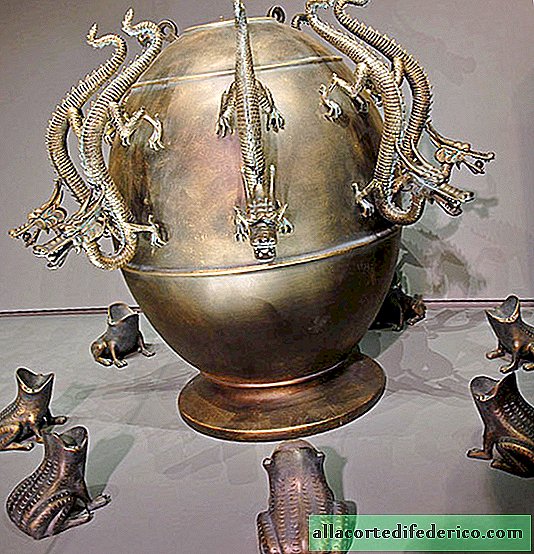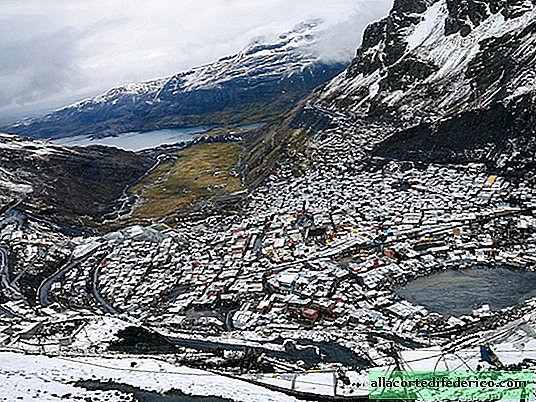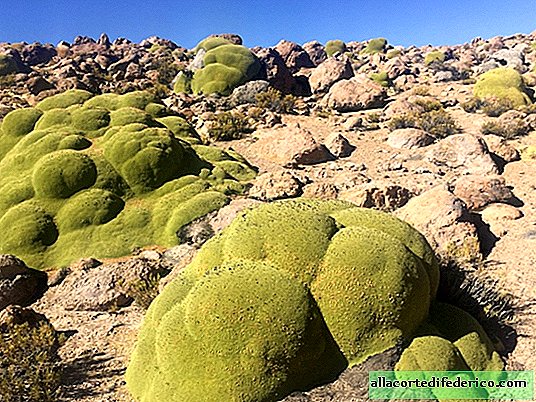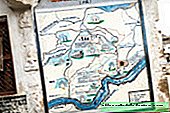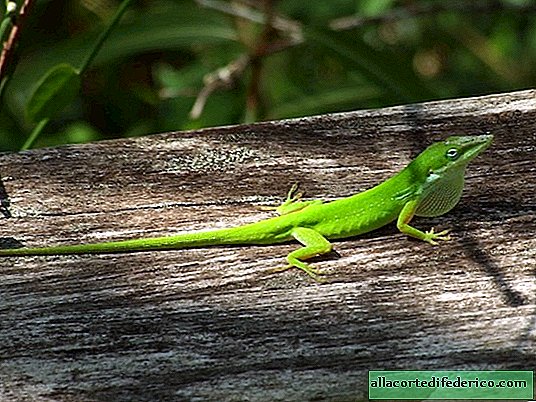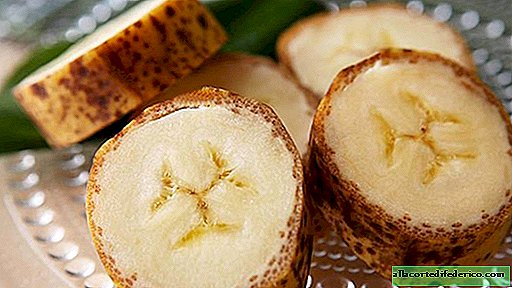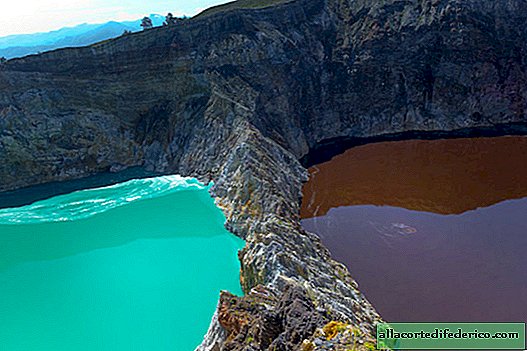Biblical manna from heaven: what is it and what does it eat with
Remember the bible? In the Book of Exodus, the Israelites flee from the army of the Egyptian pharaoh and half-starved roam the desert for forty years. A starvation in freedom is preferable to life in shackles. According to the scripture, when they ran out of food, God sent them "manna from heaven." Croup of white sprinkled from the sky.
Manna, food sent by heaven to support the Israelis during their forty-year campaign, has long captured the minds and imagination of scientists. Many studied bible verses for clues. But Bible analysis only added mysteries. The Scriptures indicate that on hot days manna melted in the sun. If it was not eaten quickly, then it began to deteriorate, rot and worms started in it.
From the Book of Exodus, it is described as coriander seeds — white and tastes like waffles with honey. In the Book of Numbers, the aroma of manna is likened to the smell of fresh oil, and the author describes how the Israelis pushed it in a mortar, baked or made cakes out of it.
Besides the fact that she could be eaten, manna also had supernatural powers. It spontaneously reproduced every morning. And on Friday, the eve of Saturday, she appeared in double numbers. Even the Lord kept the Sabbath!
 The collection of manna from heaven. Tintoretto. 1577 year
The collection of manna from heaven. Tintoretto. 1577 yearAccording to the Hebrew mystical treatise known as the Zohar, the use of manna had a sacred meaning. Another Hebrew text, Book of Wisdom, indicates that the taste of manna miraculously changed depending on the preferences of the person who ate it.
We find the mention of manna from heaven not only in the Old Testament and other Jewish texts, but also in the New Testament. For example, in the Gospel of John and the Revelation of John the Evangelist (Apocalypse). In a sermon delivered shortly after feeding five thousand people, Jesus compares the divine manna of heaven, the nourishing body, with his own ability to nourish the souls of men.
A reference to the manna of heaven is also present in Islamic texts. In one hadith, the prophet Muhammad compares desert truffles with manna from heaven.
Moses and his followers were obviously confused by their strange food. The book of Exodus says that they "did not know what it was," they did not understand what they ate.
 The collection of manna from heaven. Anonymous author. 1460-1470
The collection of manna from heaven. Anonymous author. 1460-1470Bible translators and scholars do not have a single opinion on how the Israelis reacted when they first saw miraculous food. In the bible of king jacob the phrase man hu interpreted as "this is manna". Others translate it as "it's a gift." Perhaps the Israelis simply wondered, “What is this?” The confusion about what manna from heaven was present from the very beginning.
 Tamarisk shrubs are considered by many to be manna from heaven.
Tamarisk shrubs are considered by many to be manna from heaven.Scientists put forward many different ideas.
In their book "Biblical Plants," the botanists Harold and Alma Moldenke argue that manna from heaven is not some specific food, but several types of food united by a common name. They believe that the "manna" also includes fast-growing algae from the species Nostoc. She covered half of the desert in Sinai. A sufficient amount of dew on the ground allowed it to grow. In addition to it, scientists include in this concept several species of lichen (Lecanora affinus, L. esculenta , and L. fruticulosa) growing in the Middle East. Plants shrink and travel like tumbleweeds in the wind. Nomadic herders used lichen to make bread. According to scientists, the theory of lichen explains how the Israelis prepared manna, and why they spoke of it as falling from heaven.
 It is believed to be manna flakes isolated from tree resin
It is believed to be manna flakes isolated from tree resinCambridge historian R.A. Donkin notes that lichen species L. esculenta It was also used in the Arab world as a medicine or as a supplement to honey wine. Lichens as food were used by the army of Alexander the Great. They could satisfy their heads during a military campaign. In the 19th century, French troops stationed in Algeria also ate them.
But in the theory of lichens there is one big minus. It is this species of lichen that does not grow in the Sinai.
Other scholars have suggested that the "manna from heaven" is not algae and lichens, but a sticky secretion that stays on ordinary desert plants. Insects that live on the bark of some shrubs leave behind a substance that, hardening, turns into pearl and sweet taste balls. In the East, they are used both for culinary and medical purposes.
The mystery of the origin of biblical food has not yet been solved.


